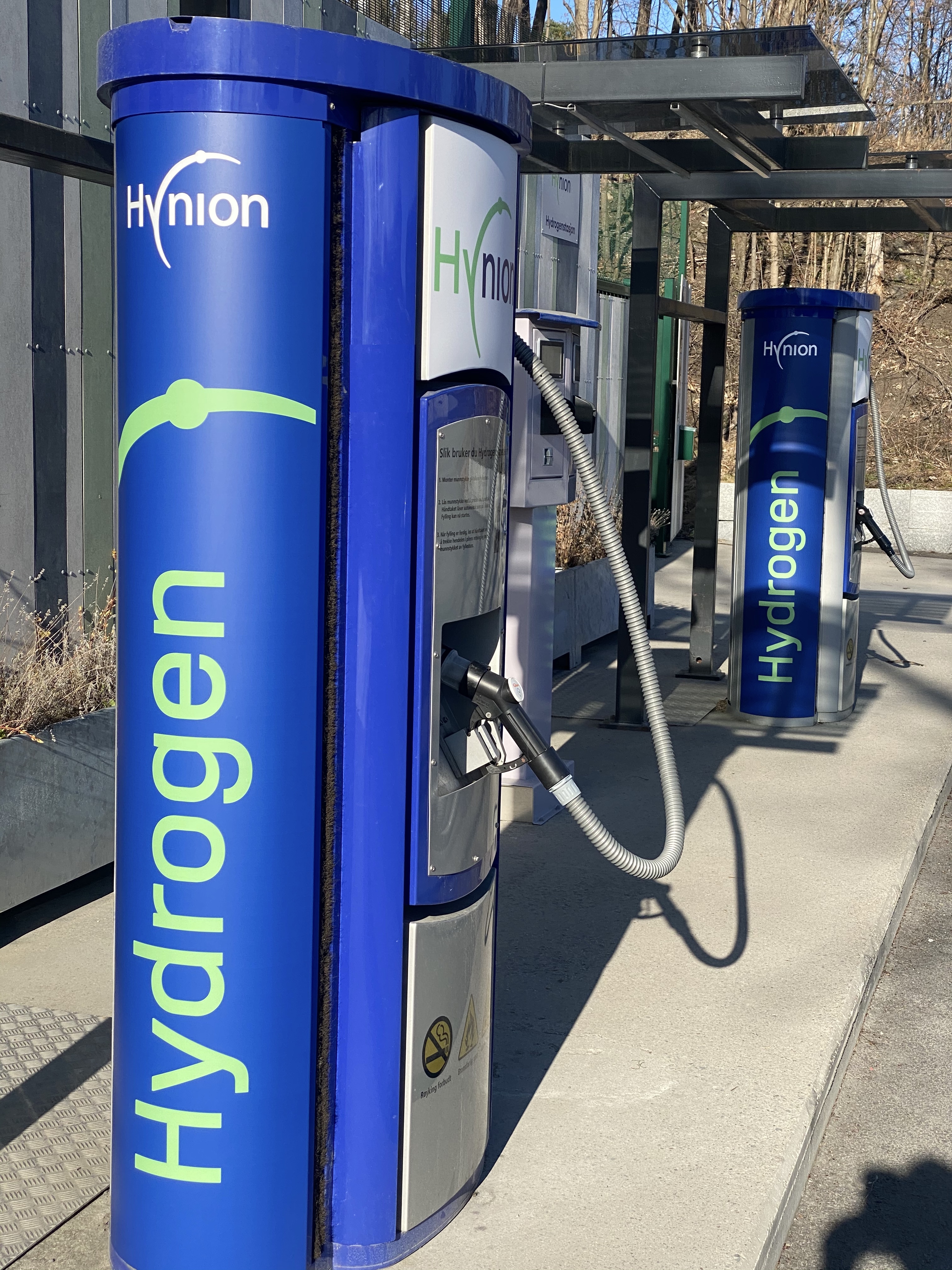Hynion and Greenlogix have signed an agreement to form a joint venture to commercialize a new production technology that produces hydrogen for Hynions hydrogen filling station as well as commercially attractive solid-state carbon as a second product line.
The ambition is to ensure a steady flow of hydrogen and carbon to meet the ever-increasing demand for clean fuel and new materials for high-tech constructions.
Both partners have tested the technology concepts with encouraging results and are now ready to build a pilot plant to verify the technology in a real-world setup, in which a production plant from Greenlogix will be integrated with a next-generation hydrogen station from Hynion. The exact location in Scandinavia will be announced later.
“Our technology is a catalytic conversion unit that can make use of any hydrocarbon and split it in pure carbon and hydrogen. It uses less energy than all other know processes and gives clean product streams - and it emits no CO2 or other greenhouse gases. We have developed and tested the technology over a longer period, and it is now ready for pilot plant operation,” says AGT.
“We are excited to enter into this collaboration with Greenlogix. By combining the plant and the station, we will make use of both product streams in a very efficient way. This setup will make hydrogen competitive with diesel for long-haul transports. And in addition, there is a revenue stream from carbon sales, which makes it possible to move faster towards our target of becoming a profitable hydrogen fuel retailer,” says Ulf Hafseld, CEO of Hynion.
The pilot plant will deliver enough hydrogen to supply a smaller truck fleet or a taxi fleet of up to 200 taxis. In addition, it will produce solid-state carbon in qualities that are highly sought after in new high-tech applications. The capacity can be expanded in a modular approach to meet increasing demand.
“The pilot plant will be built to verify the concept and finetune the technology. Later, we plan to expand with more stations with on-site production in Scandinavia and Europe,” concludes Ulf Hafseld.
